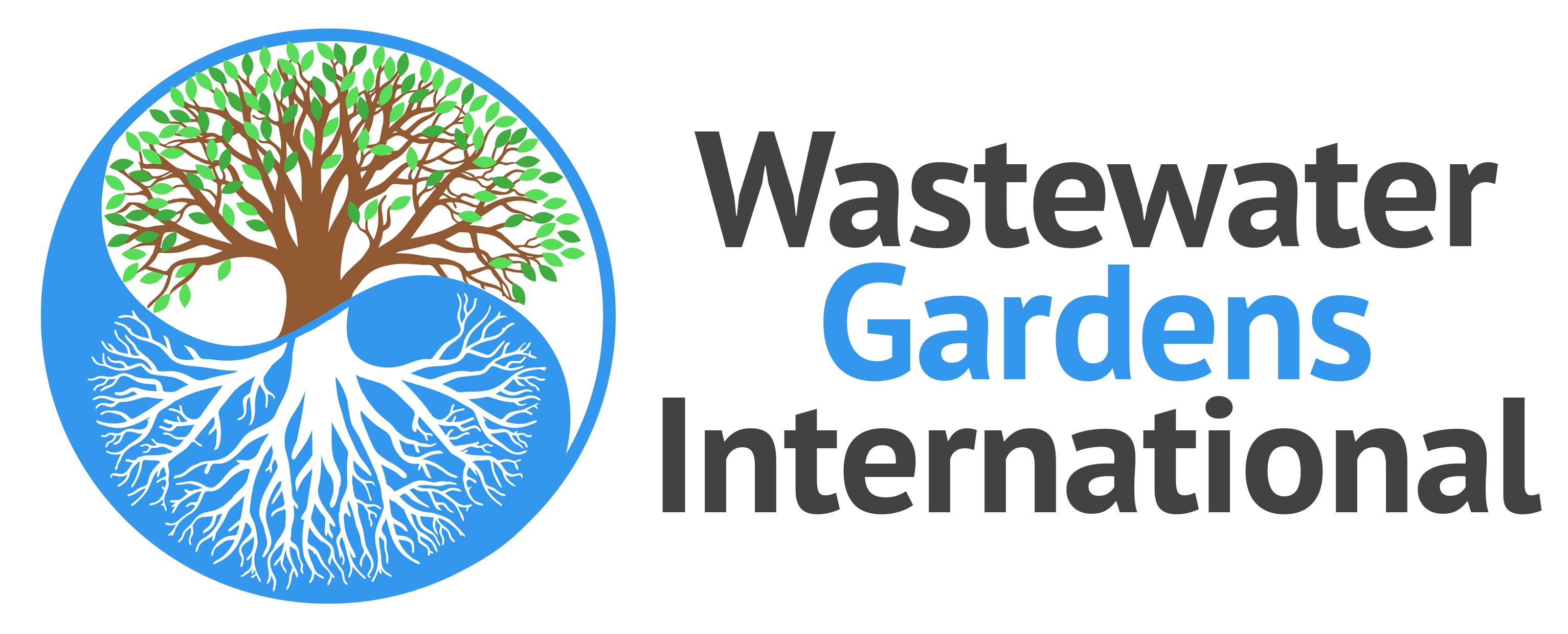Maintenance
Our designers provide detailed on-site training of indicated person or personnel and a maintenance manual upon completion of implementation and/or training is provided. Proper functioning of the systems is dependent on several simple but important principal maintenance steps:
-
Primary treatment: septic tanks or similar systems need normal maintenance, with a final filter at the end of the primary treatment (before the water enters the WWG unit); depending on the nature of the filter used (local natural fibers or prefabricated) it will need checking every one to six months and washing/rinsing/or change of material if necessary. In the case where the primary treatment is a septic tank, itshould be pumped out when solids fill more than half its depth (in the case of a septic tank, a standard requirement for its maintenance).
-
Gravel: the surface of the gravel should be kept as clean as possible; if porosity of the original gravel declines, new gravel can be substituted or the original gravel removed and cleaned. The plants can then be transplanted back in, and the system can continue effective treatment for decades more.
-
WWG Water Level: Water levels in the wetland cells need to be checked periodically via the control box, especially during periods of low occupation when evapotranspiration may exceed input into the treatment wetland. Until plants become well established it is important that water levels not be allowed to drop below their root zone.
-
Plants: the wetland plants need normal garden care – pruning for appearance and encouragement of new growth and flowers. Heavy prunings of plants should be removed from the WWG to prevent reduction of gravel porosity when that material decays. The prunings can be used for mulch outside the system or added to compost piles. Should the WWG be planted before being used and connected to the primary treatment (septic tank or similar), in absence of the sewage water’s nutrients it may be necessary to fertilize the wetland to help the plants get established (not forgetting an adequate water levels).
-
Drainage: ensuring that drainage is adequate around the constructed wetland so that runoff rainwater and soil do not wash into the system is extremely important. WWG systems are built with a berm higher than surrounding ground level, but one must check occasionally to make sure soil has not built up around the basin, which would allow rain runoff and soil to enter.
If drainage of treated water into the soil is chosen, flushing of the drain pipes may be periodically necessary to avoid clogging.
In exceptional circumstances where the water table reaches constructed wetland’s outlet level, a pump to higher grounds may be necessary.
